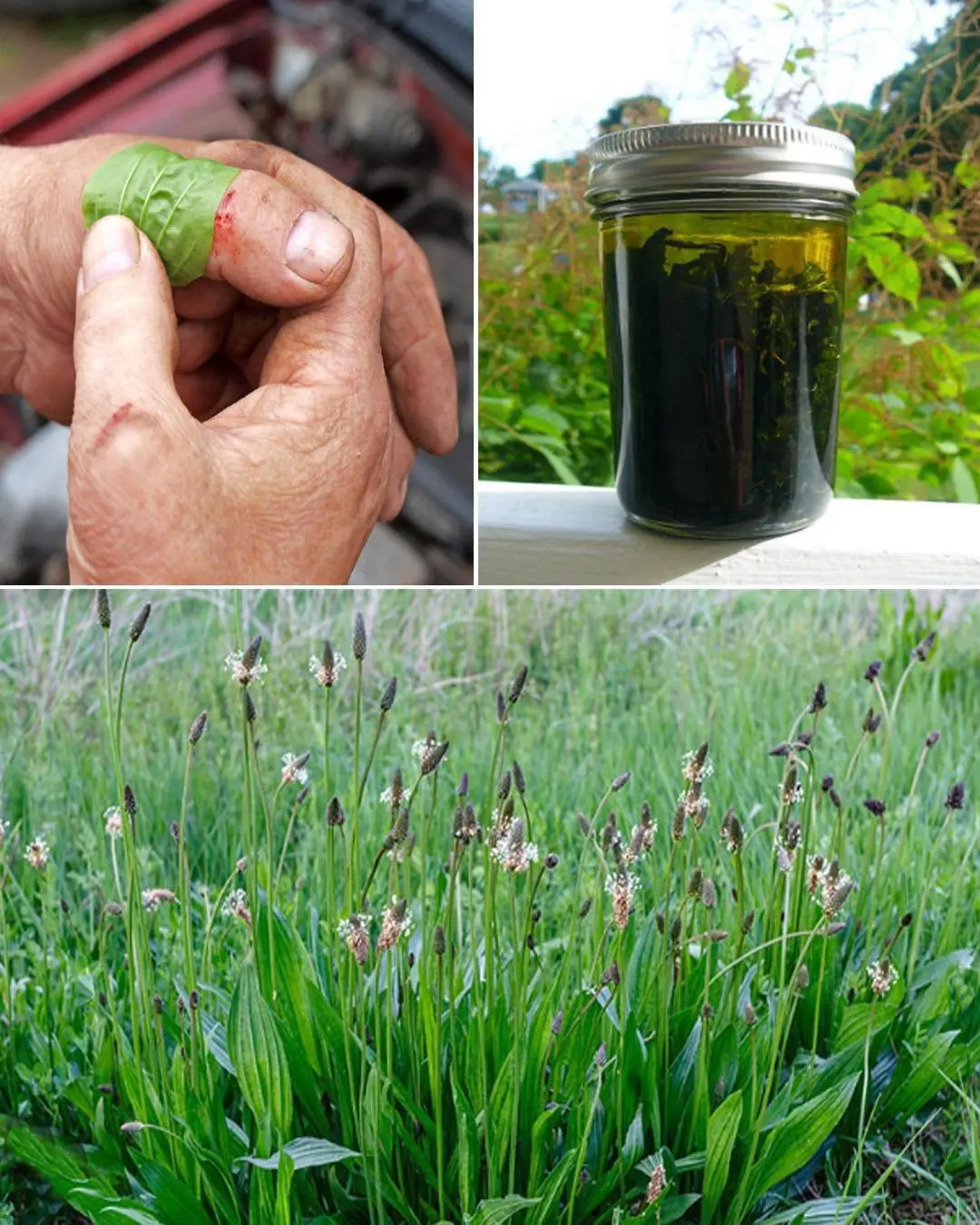
How to Reduce Freckles for a More Even and Radiant Skin Tone

Freckles are a common skin feature that can appear due to genetic factors or environmental influences. Whether caused by sun exposure or lifestyle habits, there are effective ways to improve their appearance and achieve a brighter, more even complexion.
Freckles are small, flat spots on the skin that range in color from light red to dark brown. They may be present from birth or develop over time. People with fair skin or lighter hair colors, such as blonde or red hair, tend to be more prone to freckles, but anyone can develop them, especially with frequent sun exposure.
Causes of Freckles
Genetics:
If you have had freckles since childhood and other family members also have them, genetics are likely the main factor. In these cases, it’s difficult to completely eliminate freckles, but you can prevent them from darkening with proper skin care and sun protection.
Sun Exposure and Lifestyle:
Freckles that develop over time are usually caused by an increase in melanin production. Melanin is the skin’s natural defense against UV radiation, but excessive sun exposure without sunscreen can trigger more visible freckles. Additionally, certain medications or health conditions, such as xeroderma pigmentosum, may contribute to hyperpigmentation.
Common Types of Freckles
1. Ephelides:
The most common type, these freckles typically appear in childhood and become more prominent with sun exposure. They range from light red to brown and are usually found on the face, neck, arms, and back.
2. Solar Lentigines:
Also known as sun spots or age spots, these freckles are more common in people over 40. They appear as darker brown patches and develop due to prolonged UV exposure, especially on areas frequently exposed to the sun, such as the face, hands, shoulders, and back.
Ways to Reduce and Control Freckles
Exfoliating Ingredients:
Products containing AHA (alpha hydroxy acids) or BHA (beta hydroxy acids) can help remove dead skin cells and promote skin regeneration, gradually fading freckles and improving overall texture. Regular exfoliation also allows other treatments, like serums, to penetrate more effectively.
Retinoids:
Retinol and other retinoids accelerate skin cell turnover, helping lighten pigmented spots over time. Consistent use can improve both tone and texture, though it should be introduced gradually to avoid irritation.
Advanced Treatments:
Professional procedures such as laser therapy or cryotherapy (freezing with liquid nitrogen) can significantly reduce the appearance of dark spots. These should only be performed under the guidance of a qualified dermatologist to ensure safety and effectiveness.
Natural Supportive Measures:
While not a substitute for medical treatments, some natural methods may complement care. Vitamin C serums, niacinamide, and gentle moisturizers can help improve skin tone and protect against environmental stressors.
Preventive Measures
-
Always use sunscreen, even on cloudy days, with broad-spectrum SPF 30 or higher.
-
Wear protective clothing, including wide-brimmed hats, sunglasses, and long sleeves.
-
Avoid peak UV hours, typically between 10 a.m. and 4 p.m., to minimize sun-induced pigmentation.
-
Skip artificial tanning methods, such as tanning beds or self-tanners that can exacerbate uneven pigmentation.
Final Thoughts
Freckles are a natural feature and part of what makes your skin unique. While some cannot be completely removed, consistent sun protection, targeted treatments, and a proper skincare routine can help reduce their visibility, prevent new spots from forming, and leave your skin looking more even, bright, and healthy.
By understanding the causes and taking preventive steps, you can enjoy a radiant complexion while embracing the natural beauty of your skin.
News in the same category


Pour essential oil into white vinegar, solve the biggest problem in the house, many people regret not knowing

Simple way to grow coriander without soil, after 10 days of harvesting your hands will be tired

Why do you rub a little vinegar on knives and forks before cutting or slicing? Now you know, don't want to do it differently.

Don’t Make Your Bed As Soon As You Get Up

Hotel Room Red Flags You Should Never Ignore

Braised meat with this type of leaf, the meat will turn golden brown, soft and melt in the mouth, without having to work hard to caramelize it with sugar.

Before cooking rice, wipe this exact spot on the rice cooker, save a ton of money

Make rice vinegar at home with only 3 ingredients, delicious and safe

Tips to remove grease from an air fryer using ingredients available at home, surprisingly effective

Why should you throw a water bottle under the bed when checking into a motel or hotel?
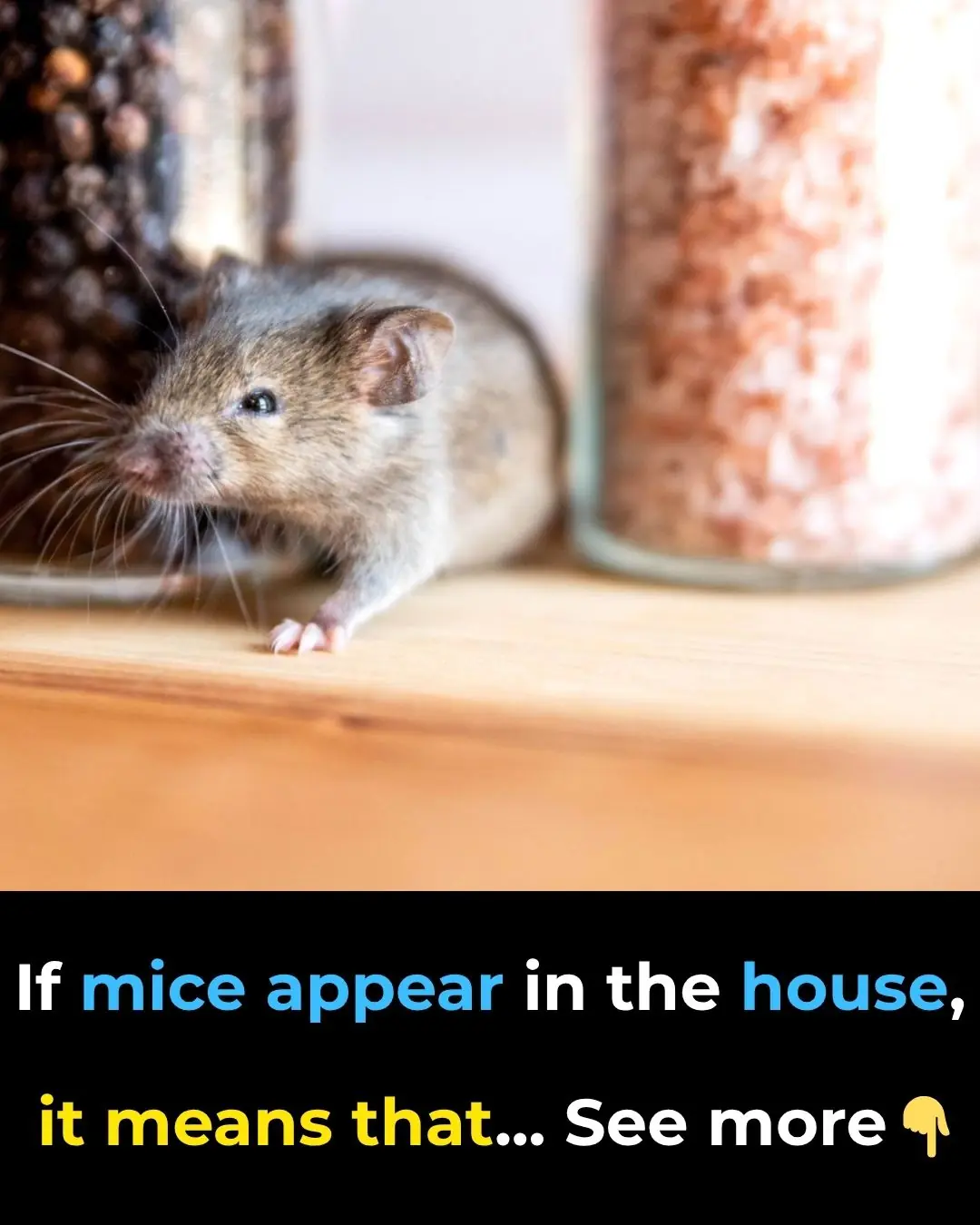
If mice appear in the house, it means that...
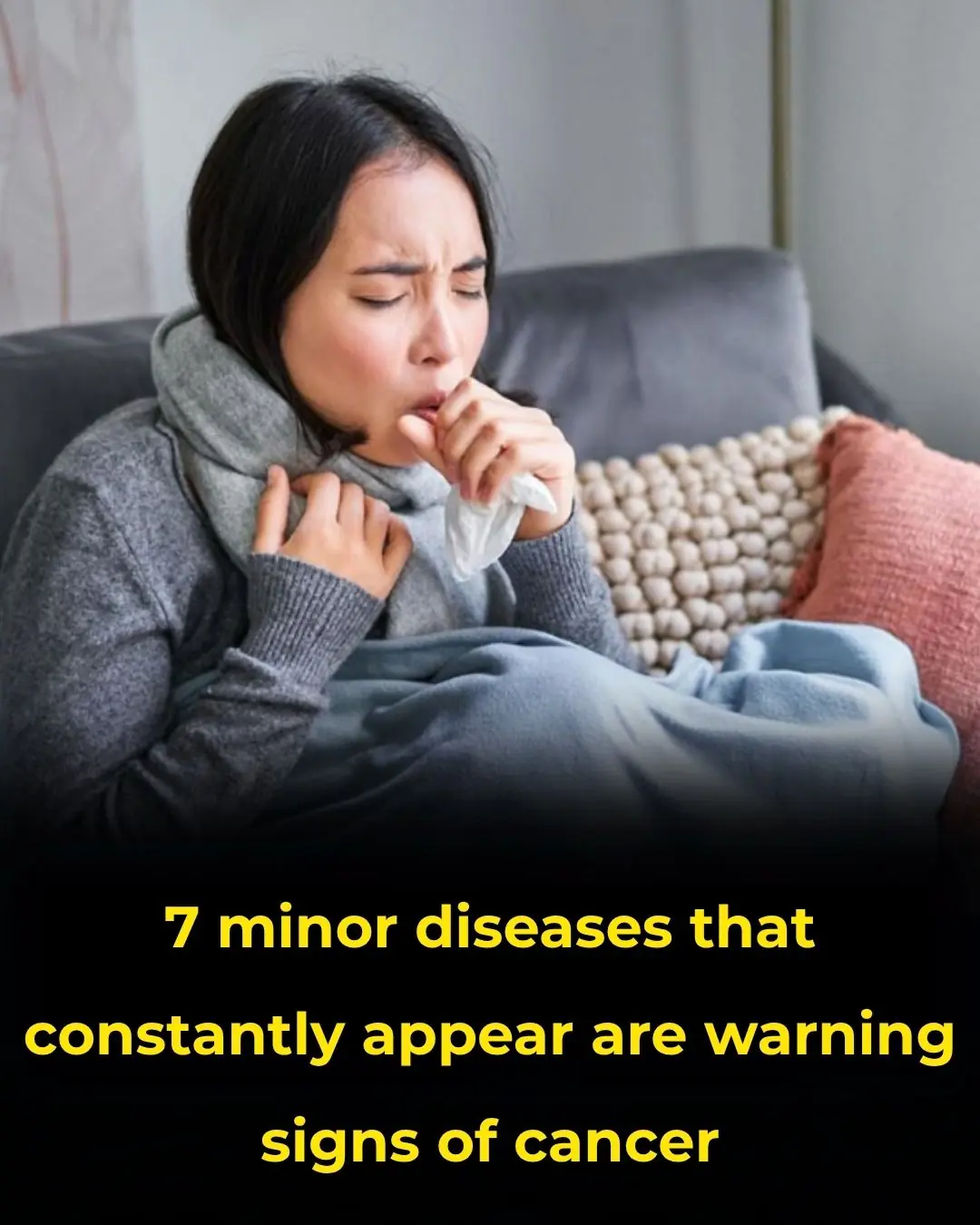
7 Common Health Issues That Keep Appearing Could Be Early Warning Signs of Cancer

Small Life Hacks That Can Be Life-Saving

How to Sharpen Dull Scissors Without a Sharpening Stone: Simple and Effective Method

When Staying Alone in a Hotel: Place Two Cups on the Door Handle – A Small Action with Big Benefits

15 Things You Should Never Do to Protect Yourself from Lightning During Thunderstorms

To cook any kind of fish, just add a handful of these leaves: the fish will lose all its fishy smell and the meat will be rich and firm.

Great tips when growing pothos, in just 3 months the plant will form a beautiful green carpet
News Post
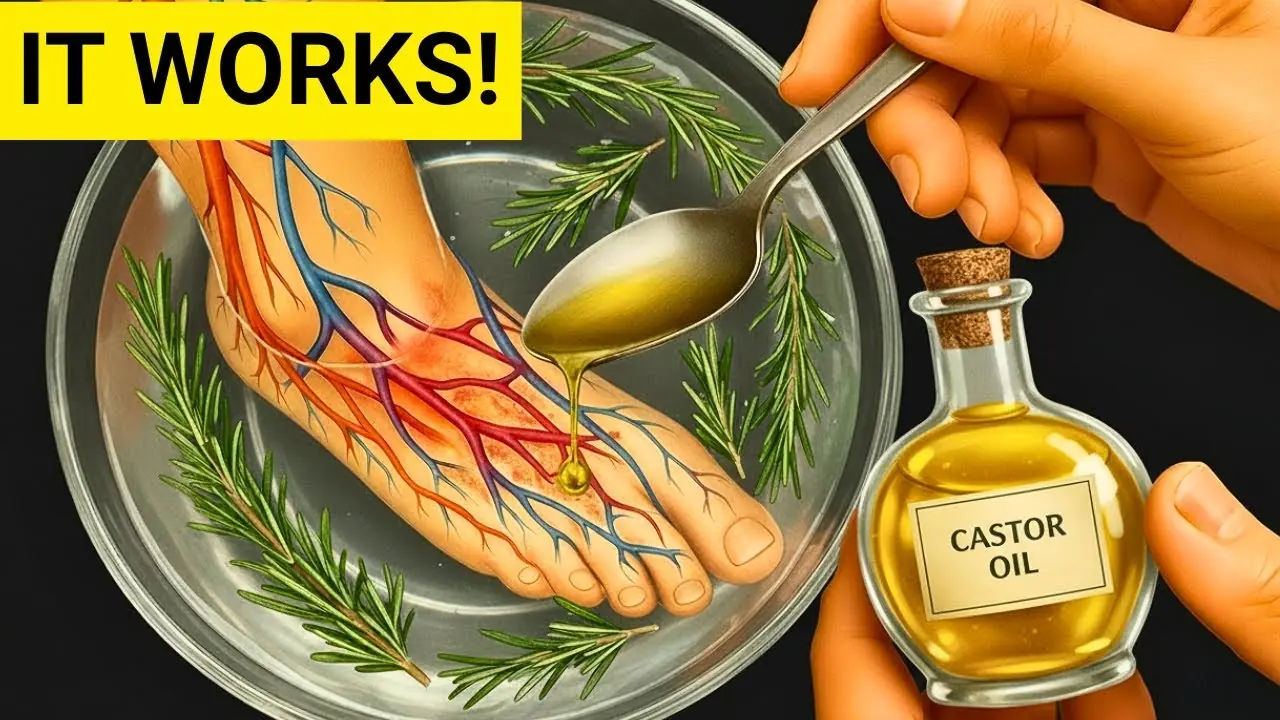
Mix Castor Oil and Rosemary — The 7-Day Results Will Surprise You

This Is What Happens to Your Body the Day You Stop Eating Bread
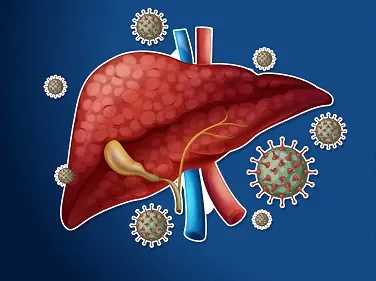
14 Symptoms of Liver Damage You Need to Know

Prepare Ginger This Way to Prevent Cancer, Reduce Cholesterol, and Lower Blood Sugar Levels

Chimp Smiles for the Camera — While Stealing a Dog, Then Does the Unexpected

Prayers for Chaden: A Racer’s Fight Beyond the Track

From Shoplifting Call to Saving Lives: The Story of TJ and Max.

More Than Just a Car: A Lifetime in Metal and Memories.

The Man Who Carried an Elephant.

Firefighters Build a New Path of Dignity for an Elderly Woman.

Murphy the Eagle Who Loved a Rock—Until Life Gave Him a Real Chick.

The Touch That Broke Our Hearts.

A Table in the Garage.

The Power of Simply Sitting Beside Someone.

The Spiritual Meaning of White Butterflies in Your Home

If You Find A Tick Inside Your Home, Here’s What You Need To Know

The Power of Tamarind Fruits: Sweet, Sour & Supercharged with Health Benefits

5 Health Benefits and Uses of Dandelion

The Benefits and Uses of Foxtail Grass
